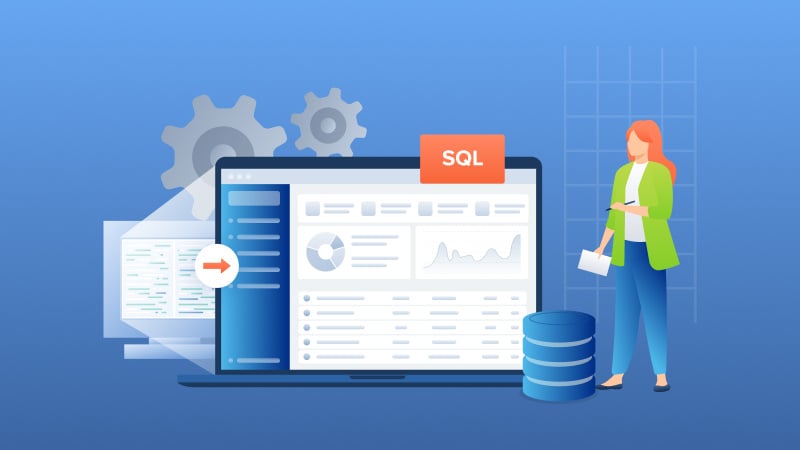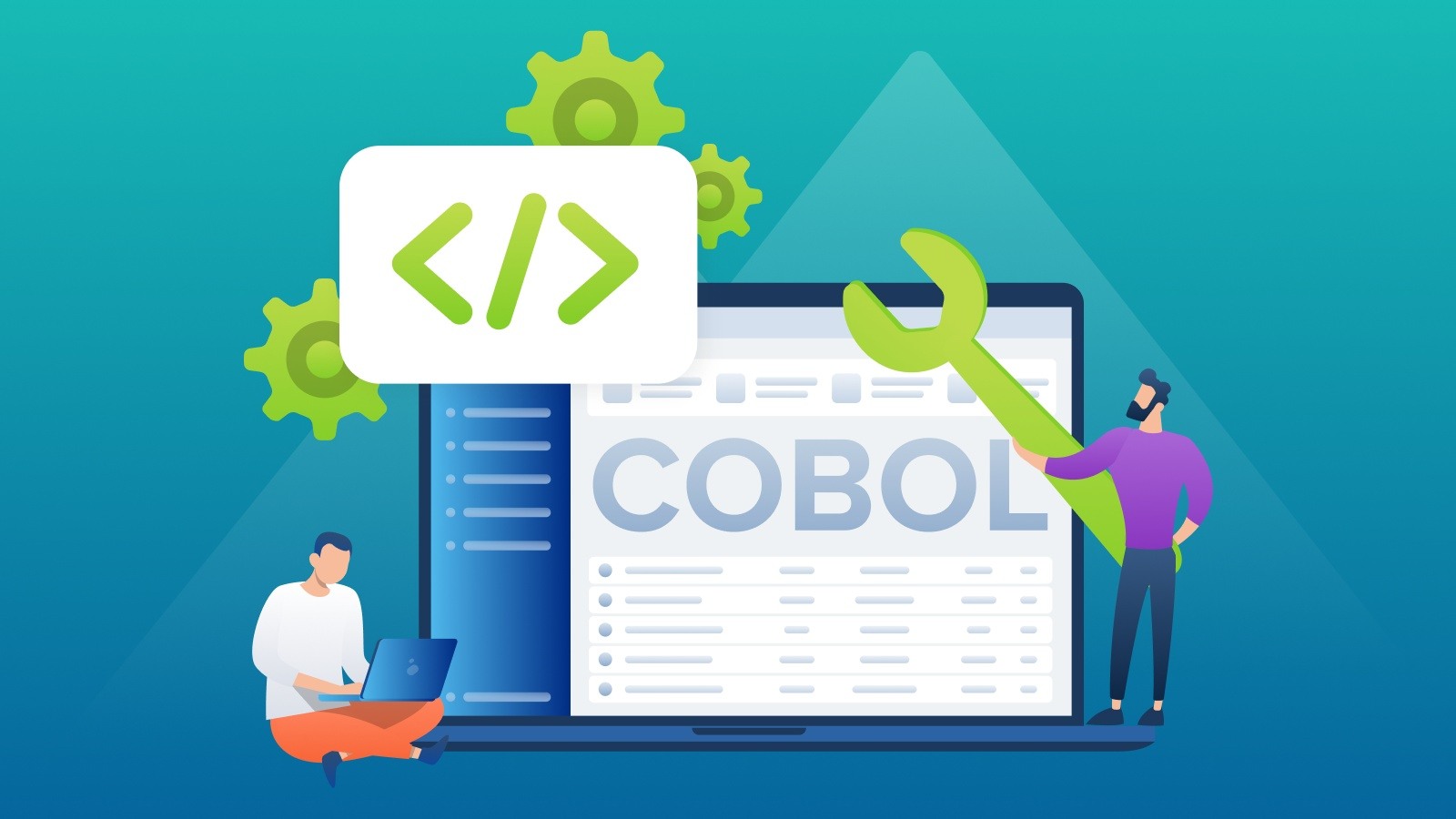Why Migrate from Btrieve to PostgreSQL and other Relational Databases?
Introduction Many independent software vendors (ISV) and corporate users still rely on applications that use a category of database collective called...
5 min read
 Mertech
:
Mar 5, 2024 5:06:00 PM
Mertech
:
Mar 5, 2024 5:06:00 PM

Shifting from your traditional legacy systems to the Cloud can be a game changer, as the benefits of cloud migration are numerous.
Cloud computing unlocks unprecedented levels of innovation, operational efficiency, and scalability, ultimately resulting in substantial cloud cost savings.
But how can you reap all the financial benefits of cloud migration while navigating concerns around initial investment, integration complexities, and security?
Fear not, as we'll demystify all these challenges and explore the cost-effectiveness of cloud computing and hybrid cloud applications.
Traditionally, having on-site data centers incurs significant hardware costs, not to mention ongoing maintenance, upgrades, and energy consumption expenses. Cloud migration, however, introduces a transformative approach that significantly reduces these hardware and operational costs.
What's truly revolutionary about cloud computing is its ability to transform capital expenditure (CapEx) into operational expenditure (OpEx). So, instead of dealing with hefty upfront investments in physical infrastructure, you can manage costs as an ongoing operational expense. This cloud computing cost reduction provides the flexibility to scale services as needed, ensuring you pay only for what you use.
Furthermore, 80% of companies report they experience significant cost benefits of migrating to the Cloud. These cloud computing cost savings result from streamlined operations, reduced need for physical hardware, and the elimination of extensive maintenance requirements.
The beauty of cloud services lies in their financial agility – something traditional IT infrastructures simply can't offer.
Imagine having the power to dial your resources up or down based on real-time business needs. This level of scalability means no more overinvestment in unused resources or scrambling to expand capacity in response to unexpected demand.
This supports cost optimization and ensures you can rapidly adapt to market changes or customer demand spikes without the lag time or hefty investment traditionally required to upgrade physical infrastructure.
Did you know that every minute of downtime can cost you up to $5,600? That's why a solid disaster recovery plan is a must-have.
However, traditional setups often require significant investment in duplicate hardware and facilities. They also involve ongoing maintenance and periodic testing to ensure they're ready when disaster strikes.
Cloud solutions, on the other hand, streamline this process by offering reliable data backup, secure storage, and faster recovery times in case of a cloud outage, all at a fraction of the cost.
By minimizing this downtime, you can resume operations swiftly, mitigating the impact of data loss or business interruptions. Additionally, leveraging cloud disaster recovery solutions can help you achieve recovery time objectives (RTOs) and recovery point objectives (RPOs) in minutes or hours rather than the days or weeks associated with traditional recovery methods.
In an era where data breaches and cyber-attacks are increasingly common, the robust security frameworks of cloud services offer a solid shield. This protects you against such security incidents' risks, reputational damage, and financial repercussions.
To put this in perspective, the average data breach cost in 2023 was a staggering $ 4.45 million.
To minimize the occurrence of such breaches, cloud providers invest heavily in cutting-edge security technologies and practices and use the highest levels of encryption and threat detection capabilities.
Moreover, the responsibility of managing compliance with various regulatory standards—a complex and expensive task—is often handled by cloud providers themselves. This alleviates a considerable financial and operational burden on businesses, especially for those in highly regulated industries such as finance and healthcare.
Embracing cloud computing transforms not just the technological landscape of your business but its operational efficiency and productivity.
This shift to the Cloud streamlines operations remarkably, automating routine tasks that traditionally consume valuable employee time. This reduces operational costs and allows your team to focus on more strategic, value-added activities.
For instance, cloud services can automate data backups, software updates, and security checks, tasks that, if done manually, could significantly drain resources and attention away from core business initiatives. This efficiency gain translates into financial savings, with businesses reporting up to 20% in cost savings.
Cloud migration is a launchpad for innovation and securing a competitive edge in today's fast-paced market.
Access to advanced cloud technologies and tools empowers businesses to develop and deploy new products and services more swiftly and cost-effectively than ever. This enhances your company's offerings and significantly boosts its market share and revenue streams.
Consider leveraging cloud-based analytics and AI to gain insights into customer behavior or streamline operations. These capabilities can lead to the creation of personalized products or services that meet the ever-evolving needs of consumers, thereby increasing customer satisfaction and loyalty.
The result?
A stronger bottom line, powered by the Cloud's capacity for innovation and competitive differentiation.
Want to see for yourself?
We recently hosted a webinar that details how combining on-premise data and application cloud APIs with customer-facing cloud apps offers you greater scalability and cost-savings.
The journey towards cloud services is paved with migration challenges for traditional software vendors.
On one side, there's the imperative to maintain and support the legacy client-server applications for an existing customer base; on the other, the market and new customers are pushing strongly toward cloud-based solutions.
This scenario places vendors in a tight spot, needing to balance the investment in current systems while diving into cloud development to stay competitive and meet evolving customer demands.
Enter the concept of hybrid cloud applications—a strategic solution for this dilemma.
Hybrid solutions offer the best of both worlds: they enable using existing on-premise data and infrastructure while gradually incorporating cloud functionalities.
Hybrid cloud migration strategies offer a pragmatic approach to maximizing the value of your existing on-premises infrastructure while embracing the scalability and innovation of cloud solutions. This balanced model allows you to leverage current investments in IT infrastructure, ensuring that you can still utilize these assets to their full potential.
Integrating on-premise systems with cloud services allows you to scale operations, avoiding the substantial capital expenditures that a full cloud migration would entail.
Maintaining critical data on-premise can result in significant cost savings, especially for industries subject to stringent data compliance and privacy regulations. This setup not only helps to mitigate the risks associated with data breaches but also reduces compliance costs by leveraging existing security investments in on-premise infrastructure.
The intrinsic flexibility of the hybrid cloud allows businesses to maintain continuity, seamlessly adapting to new operational needs without the burden of significant new IT investments. By anchoring stable on-premises systems with the agility of cloud services, you can offer your employees the tools they need to work efficiently from anywhere.
This blend of on-premises and cloud resources means you can rapidly adjust to increased demands for remote access and collaboration tools, ensuring that productivity remains high, regardless of external circumstances. For example, during the recent surge in remote work, companies utilizing hybrid cloud strategies could quickly scale up their VPN capacities and access collaboration platforms without overhauling their existing infrastructure.
Such adaptability not only supports uninterrupted business operations but also results in significant cloud computing cost reduction and overall financial savings.
Integrating cloud-based applications with on-premise systems streamlines business processes, leading to significant productivity enhancements. A hybrid cloud environment fosters a cohesive IT landscape where data sharing and process optimization are seamlessly achieved, breaking down silos that traditionally hampered business agility.
This immediate access to data accelerates decision-making processes, reduces manual data entry errors, and enhances overall business responsiveness. The result is more agile, efficient operations that adapt quickly to market changes and customer needs.
Moreover, the hybrid cloud model offers the flexibility to scale resources on demand, ensuring that businesses pay only for the computing power they need. This efficiency optimizes cloud computing costs and reallocates valuable resources towards innovation and growth, further enhancing the company's competitive edge in the marketplace.
The hybrid cloud migration model champions a phased, financially manageable journey to the Cloud, eliminating the need for a costly and risky all-at-once IT overhaul. This gradual approach to cloud transition is cost-effective; it significantly reduces the risks associated with migrating critical business operations and data. By spreading out expenses over time, businesses can better manage their budgets, ensuring that each transition phase delivers value and aligns with organizational goals.
Moreover, a step-by-step migration offers invaluable opportunities for workforce training and operational adjustments. As new cloud functionalities are introduced, employees can gradually acclimate to the changing technological landscape, ensuring a smoother transition with minimal disruption to daily operations.
This systematic approach also allows for fine-tuning processes and systems in real time, ensuring that each integration is optimized for performance and cloud computing cost efficiency.
The financial benefits of migrating to the Cloud and implementing hybrid cloud solutions are unparalleled. Additionally, they provide enhanced operational efficiency, increased agility, and better response to market demands and innovation.
If you want to utilize the power of cloud computing, Mertech stands ready as your trusted cloud migration partner.
With our expertise and cloud migration services, we're here to guide you through every step of your journey, ensuring a seamless transition with minimal disruption. Partner with us today and unlock the full potential of cloud computing for your business.

Introduction Many independent software vendors (ISV) and corporate users still rely on applications that use a category of database collective called...

COBOL applications are the foundation of numerous essential business functions, especially within the banking, insurance, and government sectors....

Imagine breaking free from the constraints of old, monolithic systems and embracing the agility and innovation of cloud-based solutions.